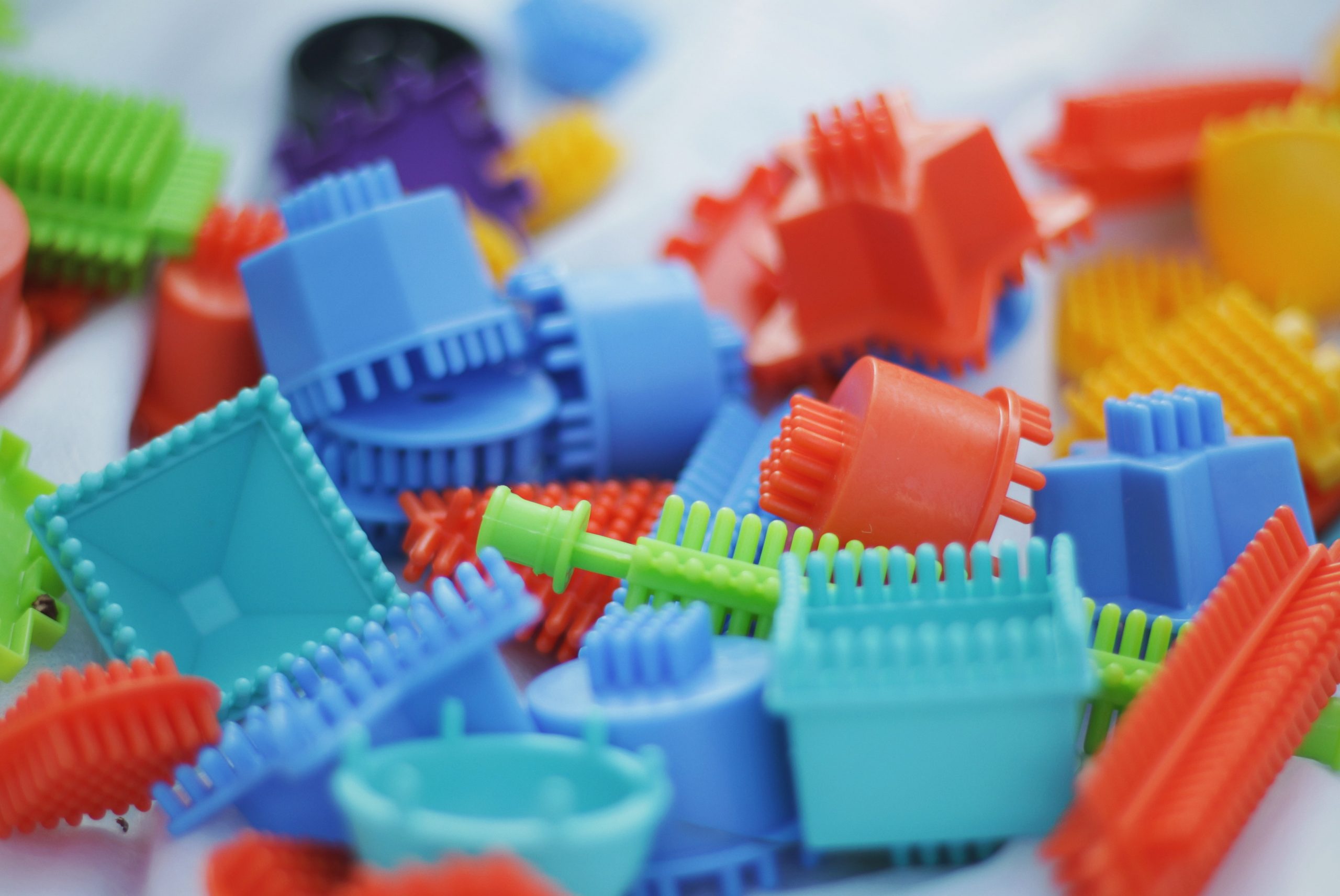As a ubiquitous as well as accessible manufacturing process, injection molding is all about versatility and effectiveness. That’s why many industrial manufacturing processes rely on injection molding. Still more, it’s important to learn about injection molding. It will help you improve efficacy in your production line. Still more, understanding the process will eliminate unnecessary mistakes. Here are the top injection molding tips you should know.
Process Necessities
The process requires certain conditions and things. Thus, never forget these necessities. Understand what happens during and after the injection molding process. Also, understand what happens during the actual cooling of the mold. Allow radius to corners. You should also leave an allowance for a wall thickness. This will aid in the cooling process.
Also, it’s important to understand events that occurred when the part is released. Understand what’s a part line—which is a line that occurs when two parts are separated. Understand threw defects that may occur and how to avoid these defects.
Wall Thickness
Of course, certain shops tend to produce injection mold-based parts featuring uniform wall thicknesses. This can be the easiest way to manufacture parts. However, it’s not an important part of the process. This is because, during the cooling process, the rate of cooling and solidification of the thicker walls are slower than their thinner counterparts. It’s important to note that the shrinkage factor can affect the cooling process. Thus, if a mold is not designed properly, it can be uncooled and subjected to still-liquefied. This problem is managed properly by taking manufacturability into consideration when designing your parts.
For instance, position thicker areas at the mold’s lower part. This will allow the gravity to keep those still-cooling materials in position.
Include Draft
Incorporating a draft is an important step you shouldn’t miss. Incorporating this step during custom plastic molding eliminates unnecessary prickling of the mold. Thus, consider adding some level of taper. Doing so will help you achieve a smoother finish. The surface will be undamaged, making the process more efficient.
Texture Pattern
Instead of adding another finishing process, consider incorporating a textured pattern into the mold. This will help you create the texture after injection molding, helping you to save valuable time and effort. Plus, etching and milling help you have control over the uniformity of your mold.
Understand Your Materials
Pay close attention to the material selection process. When choosing your materials, consider factors such as shrinkage factor, flexibility, as well as cooling time. Also, thicknesses (minimum and maximum) differ from one material to another. That’s why you should pay close attention to the draft and other important factors.
Additional Tips
You should also consider the following additional tips and tricks:
- Eliminate undercuts
- Don’t include unnecessary features
- Consider using the core cavity-based approach when doing your injection molding
- Avoid cosmetic finishes
- Consider modifying and reusing molds
The Bottom-Line
Do you want to improve efficiency in your preproduction line? Are you looking to eliminate mistakes in your production line? Well, if so, think about understanding the process of injection molding. The above guide will help you understand all things injection molding and how to optimize results.


Thank you very much for your analysis. Our company is also engaged in the plastic injection molding ..We are happy to serve you.Welcome to contact us.
Thank you very much for your analysis. Our company is engaged in injection molds . We are happy to serve you.Welcome to contact us.
Check out this website for all your Injection Molding needs!